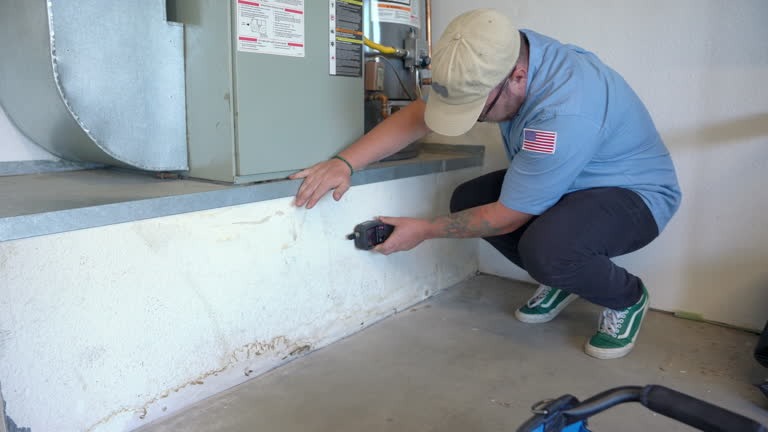Water damage is a common issue faced by homeowners and building managers, often resulting in costly repairs and replacements. The impact of water damage on buildings largely depends on the type of building materials used. Some materials absorb water quickly, some survive well under water exposure, while others need immediate replacement.
Building materials that are porous tend to absorb water quickly. These include wood, drywall, insulation material, carpeting and upholstery fabrics among others. Wood absorbs moisture from the surrounding environment which can lead to warping or rotting over time if not dried out properly. Drywall is also highly susceptible to water absorption leading click to discover discoloration and structural weakness.
Insulation material such as cellulose and fiberglass are other examples of absorbent materials that can retain moisture for a long time causing mold growth and reducing their insulating properties. Carpeting and upholstery fabric also have high absorption rates which can cause color bleeding or shrinkage when exposed to excessive moisture.
On the other hand, some building materials show remarkable resilience against water damage due to their non-porous nature or waterproofing treatment. Concrete, metal, plastic laminate surfaces like countertops or cabinets fall into this category. Concrete may darken when wet but usually returns to its original condition once dried out without any long-term effects on its strength or stability.
Metals such as steel beams or aluminum siding do not readily absorb water but instead may rust over time with prolonged exposure unless they are specially treated for corrosion resistance. Plastic laminates typically have a protective layer that resists both scratches and liquid penetration making them ideal for areas prone to spills like kitchens or bathrooms.
However, certain building components must be replaced entirely following significant water damage regardless of their ability to resist absorption because their functionality cannot be restored through drying alone. Electrical wiring is one such example where any form of exposure could potentially lead to short circuits posing serious fire hazards.
Similarly HVAC systems including air ducts can harbor hidden mold colonies after flooding incidents requiring professional cleaning or replacement. Appliances such as refrigerators, dishwashers, washing machines etc., may also need to be replaced if their mechanical components have been compromised.
In conclusion, understanding the behavior of different building materials under water exposure can help in making informed decisions about appropriate clean-up methods and potential replacements. It’s always advisable to consult a professional restoration service following any form of significant water damage to ensure all affected areas are identified and addressed properly for the safety and longevity of the building structure.



